Why The Left Had to Kill Charlie Kirk
He Was Reaching the Next Generation and That’s What the Left Feared Most.
The Shot That Told the Truth
The death of Charlie Kirk wasn’t just a tragedy. It was a message. And if you were paying attention when that shot rang out on a college campus in Utah, you already understood what that message was: shut up, or else.
At approximately 12:21 p.m. on September 10, 2025, Charlie Kirk was standing under a white canopy at Utah Valley University in Orem, Utah. It was part of his “American Comeback Tour”, a campaign of on-campus conversations and debates aimed at reawakening the next generation. He had just begun responding to a student’s question about the role of transgender individuals in recent mass shootings. “Are we counting gang violence?” he asked. A moment later, a single bullet pierced his throat.
The crowd scattered. Staff screamed. His body slumped sideways in his chair.
It wasn’t chaos. It wasn’t a spree. It was one clean, deliberate shot, precise and efficient. Campus authorities responded quickly, but there was no suspect apprehended at the scene. Two individual was detained, questioned, and then released.
We’ve seen less evidence lead to an arrest in hours. But not this time. Because this wasn’t supposed to be solved. It was supposed to be accepted.
This wasn’t random. It wasn’t tragic. It was strategic. It was clean. Professional. Surgical. The kind of kill that leaves no debris except the message it sends. This looks like a professional hit.
And the message was clear: if you speak too loudly, if you wake up too many people, if you build something too effective, we will make an example of you.
This is not speculation. It’s pattern recognition. In a country where Ray Epps walks free and pro-life grandmothers are dragged out of their homes by FBI agents, the public execution of one of the Right’s most influential voices ends not with a trial but with a shrug.
Within minutes of the shooting, MSNBC aired speculation that the gunshot could have come from a supporter firing in celebration. In the same segment, Matthew Dowd stated that hateful words naturally lead to hateful actions, directly tying Kirk’s rhetoric to the violence. President Trump responded immediately, calling the killing an assassination and promising justice.
But those with eyes to see already understood: this wasn’t the beginning of something. This was the end of a decision.
Charlie Kirk had outlasted the smears. He had survived the deplatforming. He had beaten their ground game and flipped their youth. And so the final play was made.
They didn’t just take out a man. They took out a symbol. A disruptor. A teacher. A truth-teller.
They took out the only person who could walk into a hostile campus, sit at a folding table, and calmly dismantle the entire narrative upon which the Left has built its empire.
And they did it in the open. Because they wanted you to see it.
Charlie Kirk Was Winning the War for the Next Generation
For decades, Democrats held a commanding grip on young voters, Black Americans, and Hispanics, the foundation of their electoral coalition. But by 2024, cracks in that foundation became undeniable. Charlie Kirk didn’t just notice the shift. He drove it.
According to exit polling and post-election research from Pew and CNN, Hispanic support for the Democratic ticket dropped sharply between 2020 and 2024, from a 33-point margin to just 12 points in some battleground states. Among Black voters, support for Democrats remained high but slipped from the traditional 90% range down to around 85% nationally, with Trump making especially notable gains among Black men under 30. Young voters overall (18–29) still leaned Democrat, but that margin shrank dramatically compared to 2020. Harris beat Trump among young voters by just 4 points, a far cry from the 20-point gap enjoyed by Biden four years earlier.
This was the world Charlie Kirk had been preparing for. He positioned himself at the center of a youth revolt not driven by apathy but by clarity, a rejection of identity politics, race-based narratives, and gender confusion. He showed up where conservatives weren’t supposed to: on college campuses, at high schools, inside homeschool networks, and in blue-state suburbs where traditional GOP messengers were afraid to speak.
TPUSA grew into a sprawling national network. While official numbers are hard to verify, the group maintained thousands of active chapters and regularly produced viral content. Kirk’s team cultivated a presence across platforms like Instagram, Rumble, and TikTok, often reaching tens of millions per month. His short clips challenging students to debate, especially his “Prove Me Wrong” segments, became Gen Z’s countercultural sledgehammer.
Kirk wasn’t winning arguments because he shouted louder. He was winning because he said what students already sensed: that something was deeply broken in the culture, and that the Left was the one breaking it. Events in cities like Phoenix, Tampa, and even San Diego packed theaters with students from across racial and economic lines. He was bold enough to say things the media refused to, and calm enough to let opponents reveal their own emptiness.
His cultural impact outpaced his political notoriety. He made it cool to question the narrative. Black high schoolers clipped his soundbites on TikTok. Latino parents came to hear him speak on school choice and family. White suburban teenagers wore “I Am Not a Victim” shirts to class, and meant it.
Charlie didn’t lecture. He listened. He didn’t hedge. He confronted. And above all, he didn’t say, “maybe.” He said, “Here’s the truth. Prove me wrong.”
That’s why he died. Not because he was loud. Not because he was extreme. But because he was effective, and because he was flipping the very voters the Left depends on to survive.
The Election Machine the Left Couldn’t Stop
Charlie Kirk wasn’t just shifting culture; he was converting it into votes. His efforts through Turning Point Action (TPAction) weren’t media stunts or donor bait. They were boots-on-the-ground election infrastructure, deployed where it mattered: Arizona, Georgia, Wisconsin, Pennsylvania, and beyond.
In 2024, while much of the Republican establishment dismissed early voting and ballot harvesting as lost causes, Kirk doubled down. TPAction launched “Chase the Vote” and “Commit 100”, aggressive voter mobilization programs focused on turning out right-leaning and faith-based voters early and consistently. These weren’t slogans. They were detailed field strategies. Local captains were trained, data was collected, and church networks were activated to deliver ballots legally and effectively under the laws Democrats themselves had written.
The impact showed up in the numbers. In Arizona, Republicans outpaced Democrats in early vote returns for the first time since 2016. In Georgia, Republican youth turnout jumped by nearly 12 percent compared to 2020. And in Wisconsin, ballot harvesting operations in conservative counties led to record non-urban Republican returns. Exit polls revealed a sharp uptick in Republican participation among voters under 30 in states where TPAction had been most active.
Kirk saw what the consultants missed: that you don’t win elections by having the best ad, you win by getting the most ballots in the box. And while the RNC was fundraising off of outrage emails, Charlie was sending volunteers door to door, into churches, gyms, barber shops, and Spanish-speaking congregations.
He understood something that scared the Left: he was building a parallel election machine. One not beholden to legacy consultants or donor class orthodoxy. One that spoke to real people in real communities, offering action instead of excuses.
He knew this wasn’t just a campaign; it was a cultural movement aimed at reclaiming every lever of participation. And he knew how to win: with foot soldiers and faith.
Why Censorship Wasn’t Enough
Before Charlie Kirk was killed, they tried to silence him the usual way: deplatforming, smears, and algorithmic exile. But censorship only works when the target needs your permission. Charlie never did.
In 2020, Twitter locked his account for posting about mail-in ballots. Facebook throttled his reach. YouTube demonetized or flagged his most viral content. But none of it stuck. Every time a platform tried to minimize his voice, he shifted to another. His podcast grew. His Rumble audience exploded. His email list grew by the thousands and thousands. The more they tried to stop him, the bigger he got.
Legacy media did their part, too. CNN labeled him a radical. Rolling Stone tied him to January 6 using a now-deleted tweet about busing students to D.C. The View suggested his events attracted neo-Nazis, a claim so reckless that the network issued a rare disclaimer on-air. And yet, not one of these attacks slowed him down.
By 2023, Charlie Kirk wasn’t just surviving the censorship machine-he was thriving outside it. His team adapted to shadowbans by building direct pipelines to their base. His show didn’t rely on traditional ad networks. TPUSA created its own influencer network, training students to post, argue, and organize independently.
The problem for the Left was that Kirk didn’t need their platforms, their approval, or their filters. He had bypassed the gatekeepers. And more importantly, he had taught others how to do it, too.
That’s what made him a threat. Not just what he said, but the fact that no one could stop him from saying it. He had turned himself into a parallel system. A media ecosystem. A pipeline of uncensored, undiluted, unapologetic truth.
And that’s why the old methods weren’t enough. He had moved beyond their control. And the longer he spoke, the more others found their voice.
They tried to censor him. But he kept showing up in your feed, in your church, on your campus. He didn’t just survive their cancellation-he exposed its weakness.
Because he didn’t rely on corporate approval, he had a podcast. A mailing list. An army of campus leaders. And most importantly, he had the truth, delivered boldly, repeatedly, and without apology.
The Left Was Losing Control and They Knew It
The modern Left has always relied on control. Control of language, control of institutions, and most importantly, control of perception. When people believe what you tell them to believe, you do not need to convince them of anything. But Charlie Kirk’s success revealed a problem they had not planned for: people were waking up.
This was not about policy debates or economic charts. It was something deeper. Cultural authority. For decades, the Left has positioned itself as the default moral voice of society. They had the media, the universities, the celebrities, the fact-checkers, the nonprofits, and the public schools. You were not just expected to agree with them. You were expected to assume they were correct.
But then something changed. A new generation that had grown up under lockdowns, gender ideology, broken homes, and endless outrage cycles started asking a simple question: Who says?
That question is dangerous.
By 2023, polling from Pew Research showed that only 27 percent of Americans under 30 trusted traditional news media. Confidence in higher education among Republicans had dropped to 19 percent. Trust in the FBI fell sharply after the Twitter Files and other revelations about political bias. The institutions that once shaped public thought were now being viewed with suspicion by the very people they were designed to influence.
This wasn’t just discontent. It was rejection. And Charlie Kirk was giving young people the language to describe what they already felt.
They saw the double standards. How rioting for left-wing causes was "mostly peaceful," but standing outside an abortion clinic was a federal offense. They noticed how every mass shooter’s race was front-page news, unless it didn’t fit the narrative. They saw how schools taught six-year-olds about gender identity but failed to teach them how to read. And most of all, they saw how their questions were treated not with answers, but with labels.
Racist. Transphobe. Misinformation. Insurrectionist.
That’s not how people speak when they’re winning an argument. That’s how they speak when they’re afraid of losing one.
The Left was losing control because it could no longer control the flow of information. Social media gave conservatives a platform they never had in the television era. And figures like Charlie Kirk didn’t just use that platform; they mastered it.
He didn’t rely on press releases or polished op-eds. He spoke plainly. He took questions live. He walked into adversarial rooms and calmly made his case. And that’s what scared them the most because he didn’t fit their caricature of the conservative bogeyman.
He was young. He was sharp. He was articulate. He was fearless.
In short, he was everything they told the world conservatives couldn’t be.
And it worked. More and more people were turning off the legacy media, skipping the college lectures, and tuning in to alternative voices. The Left’s cultural monopoly was cracking, not because someone took it away, but because someone exposed its weakness.
They still had the institutions. But they no longer had the people.
And the people were beginning to ask the most dangerous question of all: what if they’ve been lying to us this whole time?
The Democrats Couldn’t Afford to Let Him Live
By 2025, Charlie Kirk had become more than a conservative commentator. He was a factory of influence. A man who built institutions instead of chasing clicks. And the Democrats understood something that most Republicans didn’t: movements like his don’t go away on their own. They have to be dismantled. Or eliminated.
The power of Kirk’s presence wasn’t just in what he said, but where he said it. While most conservatives stayed online or on Fox News, Charlie walked straight into the lion’s den. College campuses. High schools. Deep blue cities. He didn’t hide from confrontation; he welcomed it. He dismantled the Left’s worldview with nothing more than logic, humor, and a whiteboard.
That terrified them.
He made their strongest ideological recruits look foolish. Professors stumbled. Activists shouted. But Kirk stayed calm, smiled, and explained why everything they believed was a lie. The myth of systemic oppression. The illusion of climate catastrophe. The lie that gender is a spectrum. He tore down sacred narratives, and did it with receipts.
More than that, he offered a positive replacement. He didn’t just destroy their worldview; he gave young people a better one. Purpose. Faith. National pride. Responsibility. His message wasn’t just “they are wrong.” It was “you were born for more than this.”
That’s what made him so dangerous. He wasn’t just a pundit. He was a builder. A recruiter. An evangelist for a worldview the Left cannot afford to compete with. Not in an open arena.
And they knew it.
They watched the numbers shift. They saw the TikTok engagement, the campus turnout, the minority defections, the suburbs bleeding votes. They saw the first generation in decades where young men, including Black and Latino men, started questioning leftist orthodoxy.
They saw it all slipping.
So they did what all regimes do when control starts to fade. So just like with Abraham Lincoln, they sent a message. They turned a man into a martyr, thinking that would be the end of it.
But it won’t be.
Because if you have to kill a man to stop his ideas, you’ve already lost the argument.
The Cowards in Media Gave the Killers Cover
Before the blood was even dry, the media had their script. Not shock. Not grief. Not even curiosity. Just narrative control.
MSNBC floated the possibility that it might’ve been a celebratory gunshot, as if Charlie Kirk had been taken out like a firework. On the same broadcast, Matthew Dowd warned that “hateful words lead to hateful actions,” effectively blaming Kirk for his own assassination.
They didn’t demand answers. They didn’t press law enforcement. They didn’t ask how a high-profile political figure could be gunned down in public with no suspect, no photos, and no updates. They shrugged.
Because to them, Charlie Kirk wasn’t a victim. He was an obstacle. And now he was gone.
In the first 18 hours, the national media’s response has been shallow, sanitized, and carefully detached. No wall-to-wall coverage. No dramatic calls for unity. No somber panel discussions about political extremism. Just a trickle of updates, safe headlines, and a heavy focus on reactions, not the act itself. CBS is running a live ticker. ABC packaged up some statements. MSNBC fired Matthew Dowd, but only after public backlash, not because they disagreed with what he said. It’s all carefully stage-managed. Because when the victim is someone like Charlie Kirk, the press treats the story like a minor disruption, not a national trauma.
There were no marches. No memorial specials. No candlelight vigils covered coast to coast. Because the media didn’t see a man, they saw a problem removed.
Their silence told you everything.
And in doing so, they proved Charlie right. About the bias. About the corruption. About the dangerous double standard that has infected every newsroom in this country.
When a liberal activist stubs a toe, it’s breaking news. But when a conservative leader is executed in broad daylight, it becomes an afterthought, or worse, a punchline.
The people who pretend to defend democracy just let a man get murdered for speaking. And then they moved on.
They Had Tried Everything Else
Long before they pulled the trigger, they pulled every string.
Media hit pieces didn’t just target Charlie Kirk. He was audited. Investigated. Censored. Shadowbanned. Threatened. Disinvited. Deplatformed. Doxxed. Labeled.
The Southern Poverty Law Center smeared him as an “extremist.” University administrations refused to provide security. Student governments voted to block his events. Activists screamed him down, pulled fire alarms, and threatened venues. And through it all, he showed up anyway.
When that didn’t work, they sent the feds.
The IRS audited Turning Point. The FBI reportedly flagged students involved with TPUSA chapters for vague “extremism monitoring.” Several speakers affiliated with Kirk were suddenly flagged for “content moderation” on multiple platforms after sharing stages with him.
When that didn’t work, they tried lawfare.
Lawsuits were filed by left-wing students claiming “emotional distress.” Pressure campaigns were launched to encourage donors to withdraw. Payment processors tried to sever ties. Corporate sponsors were warned about being associated with “hate.” None of it stuck.
Because Charlie played a longer game.
He built his own infrastructure. He trained his own leaders. He raised his own funds, mostly from grassroots donors, not corporate cash. And he had the receipts to show his impact. There were more TPUSA chapters on college campuses than College Democrats. Their events outdrew the Left. Their podcasts outranked NPR.
That’s what scared them.
Every tactic had been deployed. Every institutional weapon had been aimed at his head. But Kirk kept growing. Kept reaching. Kept building.
Until finally, there was only one option left.
And that’s the one they took.
They Laughed Because They Agreed
The reaction told you everything.
Charlie Kirk had just been assassinated. His body hadn’t even been moved before the deflection began. No solemn statements from the Left. No moment of silence. No campus vigils. Just a subtle shrug from the institutions, followed by smirks.
MSNBC floated the idea that maybe the shot came from a supporter firing in celebration. Then Matthew Dowd took it a step further, saying on live TV that hateful words lead to hateful actions, and suggesting that Charlie’s rhetoric was to blame for his own murder.
A few hours later, Dowd was fired.
Not because the network suddenly grew a conscience, but because they got caught saying the quiet part out loud. They knew the line had been crossed, but only publicly. Privately, it was clear what the sentiment really was: this wasn’t a tragedy. This was a relief.
The memes came next. Influencers joked about it. One blue-check activist reposted the clip of Charlie collapsing with the caption: “Play stupid games.”
No bans. No Community Notes. No media outrage.
Because the system didn’t reject the assassination, it rationalized it.
For years, they had called Kirk a fascist. A threat to democracy. A white supremacist pipeline. So when he was shot in the throat for speaking on campus, the reaction wasn’t horror. It was catharsis.
They laughed because they agreed.
Kirk wasn’t just an opponent. He was the proof they were losing. And when he was gone, the people who claim to stand for tolerance and justice showed the world what they actually believe:
Silencing you is fine, as long as it works.
The Message Has Been Sent. Now Send One Back.
Charlie Kirk is dead. That part is final. But what happens next is entirely up to us.
We’ve just witnessed the public execution of a man whose greatest weapon was persuasion. He wasn’t a threat because of violence or extremism. He was a threat because he was calm, confident, and effective. Because he was winning.
He built an army of young thinkers. He made it cool to question the narrative. He handed the kids a flashlight and said, “Shine it anywhere you want.” And they did. And what they saw made them walk away from the party that had manipulated their identity, their trauma, and their fears for decades.
That’s why Charlie Kirk had to be stopped. And it’s why the people who cheered his death or excused it are so desperate to pretend this was just a tragedy and not what it actually was: a warning.
But here’s the thing about warnings. They only work if you’re afraid.
If you back down. If you shut up. If you decide it’s safer to keep your head down and let someone else take the risk.
The Left wanted to make Charlie Kirk an example. Fine. Then let’s make him a spark.
Because if they can take out a man in broad daylight, on a campus, in front of cameras, and then tell you nothing happened, it means one thing: they think you’re too afraid to push back.
So prove them wrong.
You don’t need to be Charlie Kirk to carry the torch. You need to stand up, tell the truth, and help the next person do the same. That’s what he did. Every day. With a mic, a camera, and a folding chair.
They killed him to send a message. Now it’s your turn to send one back.
Speak louder. Stand taller. And don’t you dare look away.
Rest in Peace, Charlie Kirk. You were a great man.
This Is Your Wake-Up Call.
Don’t Just Scroll, Stand Up
They lit the fire. Now they want you to pretend it’s just smoke.
They target the loudest voices and call it a coincidence. They smear the truth-tellers and call it justice. They silence people like Charlie, and then blame the silence on us.
I don’t have a media empire. I don’t have donors or gatekeepers. What I have is this platform, my convictions, and a reader base that refuses to be gaslit.
If you believe what I’m saying needs to be said, then help me say more of it.
Become a paid subscriber. Share it. Fund it. Stand with it.
Because if you feel the ground shifting beneath your feet, then you already know, the time for silence is over.
Become a Paid Subscriber: https://mrchr.is/help
Join The Resistance Core (Founding Member): https://mrchr.is/resist
Buy Me a Coffee: https://mrchr.is/give
Give a Gift Subscription https://mrchrisarnell.com/gift
Every click, every share, every dollar matters. Because they don’t just want to erase Charlie. They want to erase anyone who speaks like he did.
I won’t let that happen. Will you?



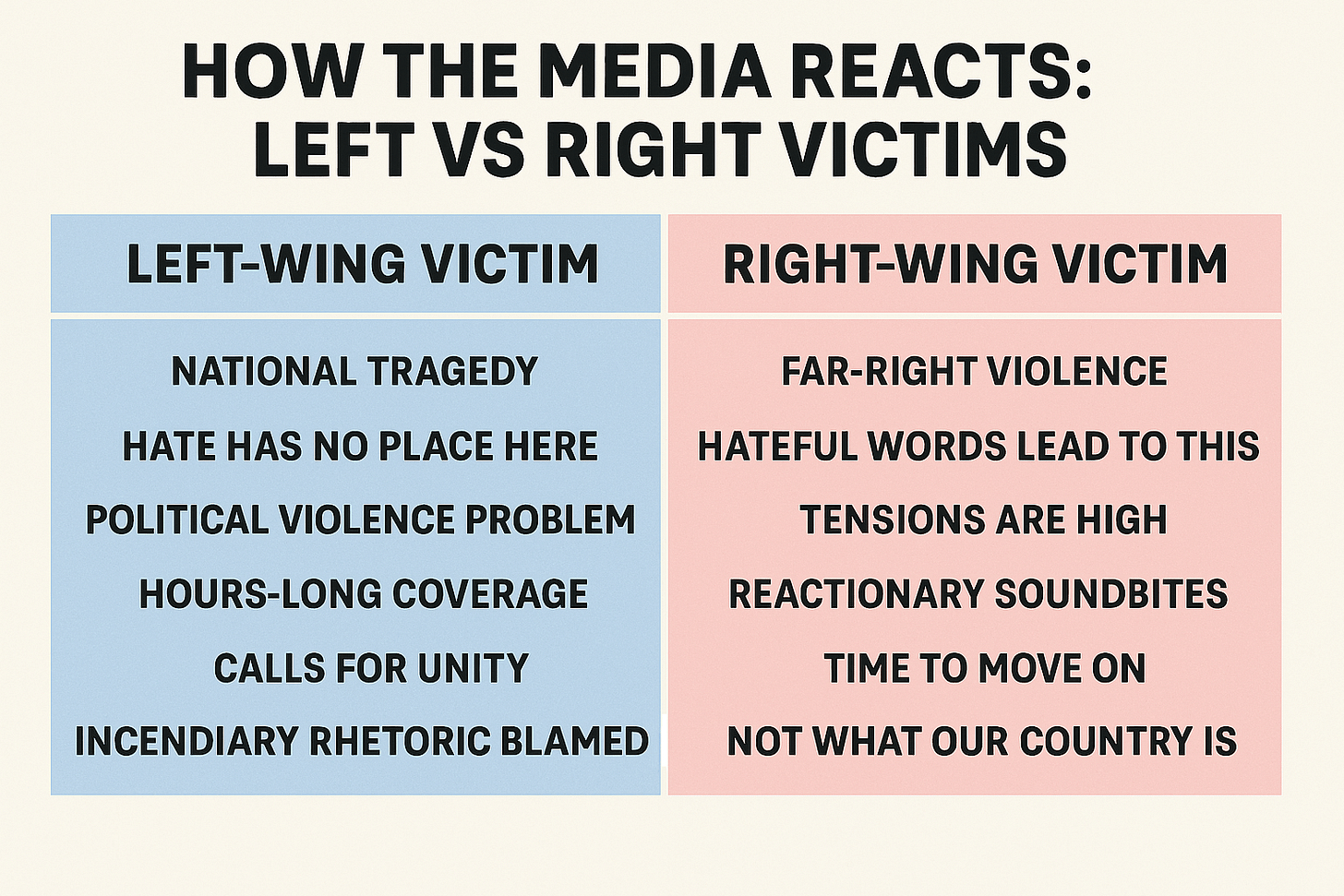
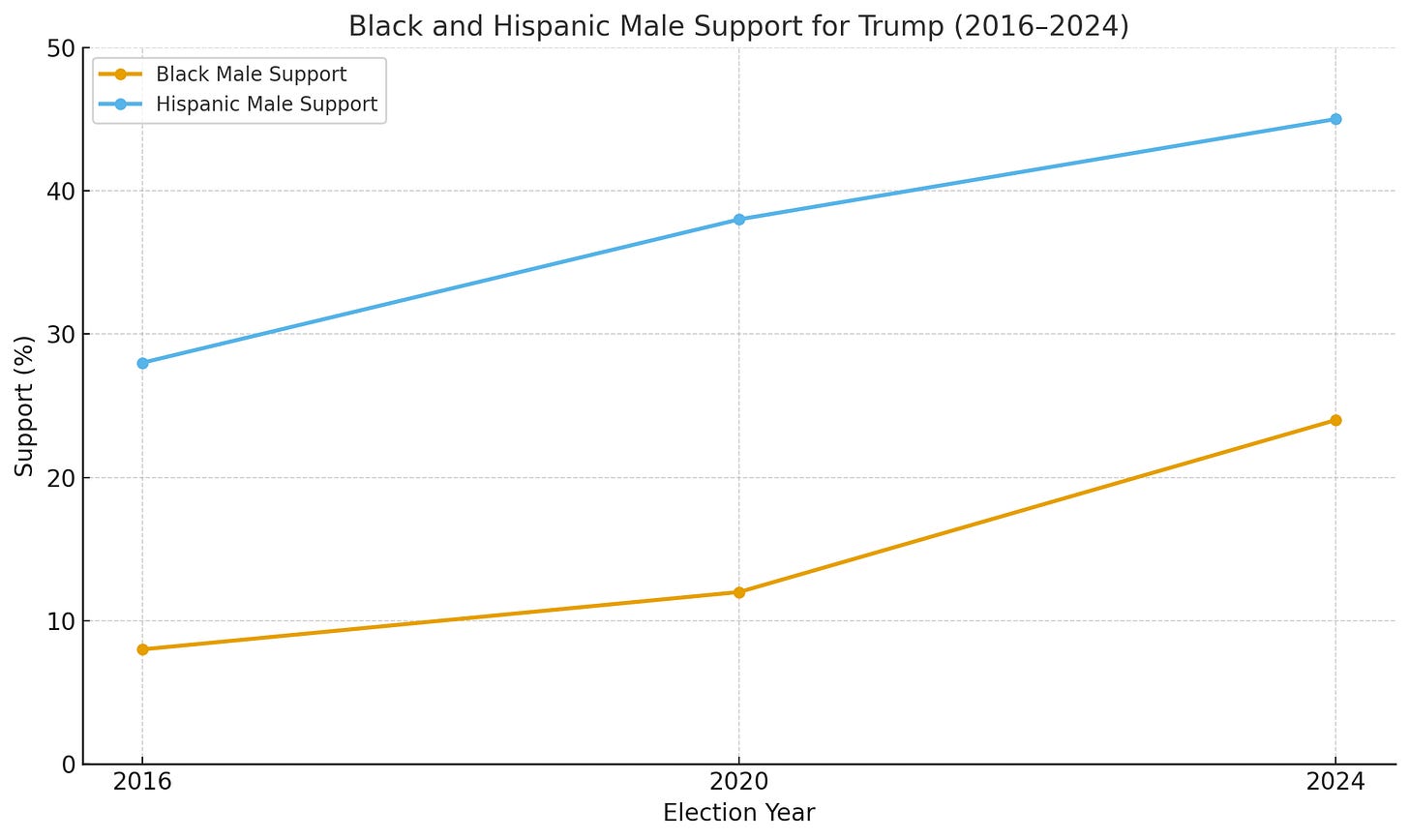
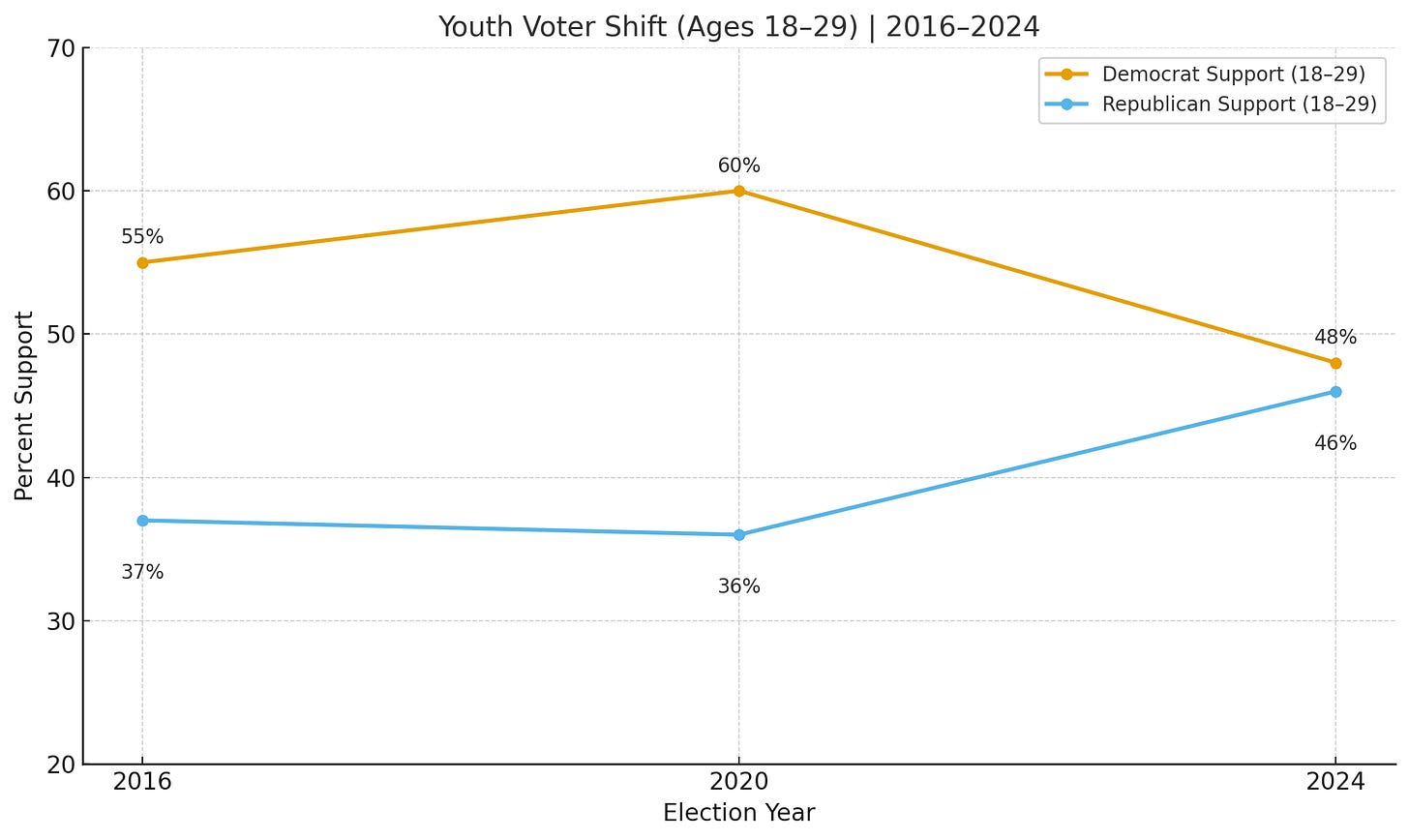
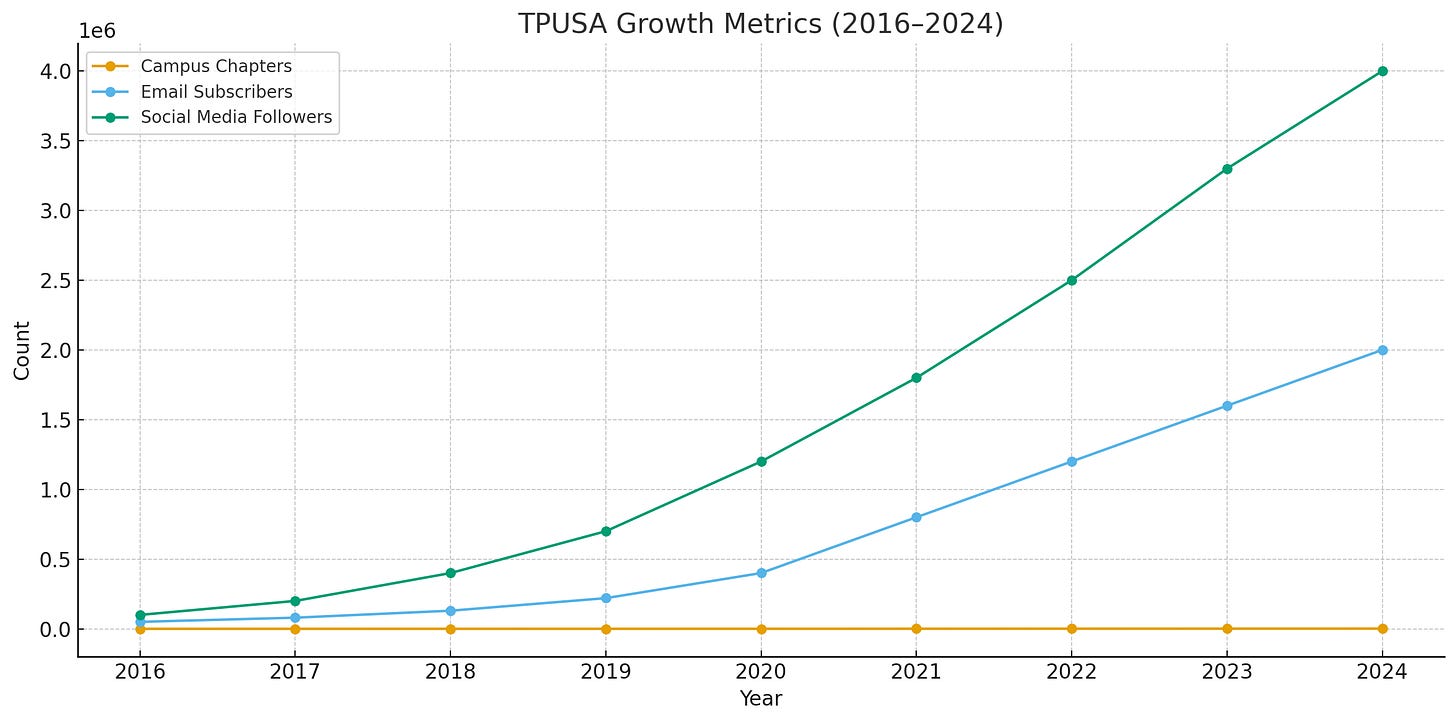
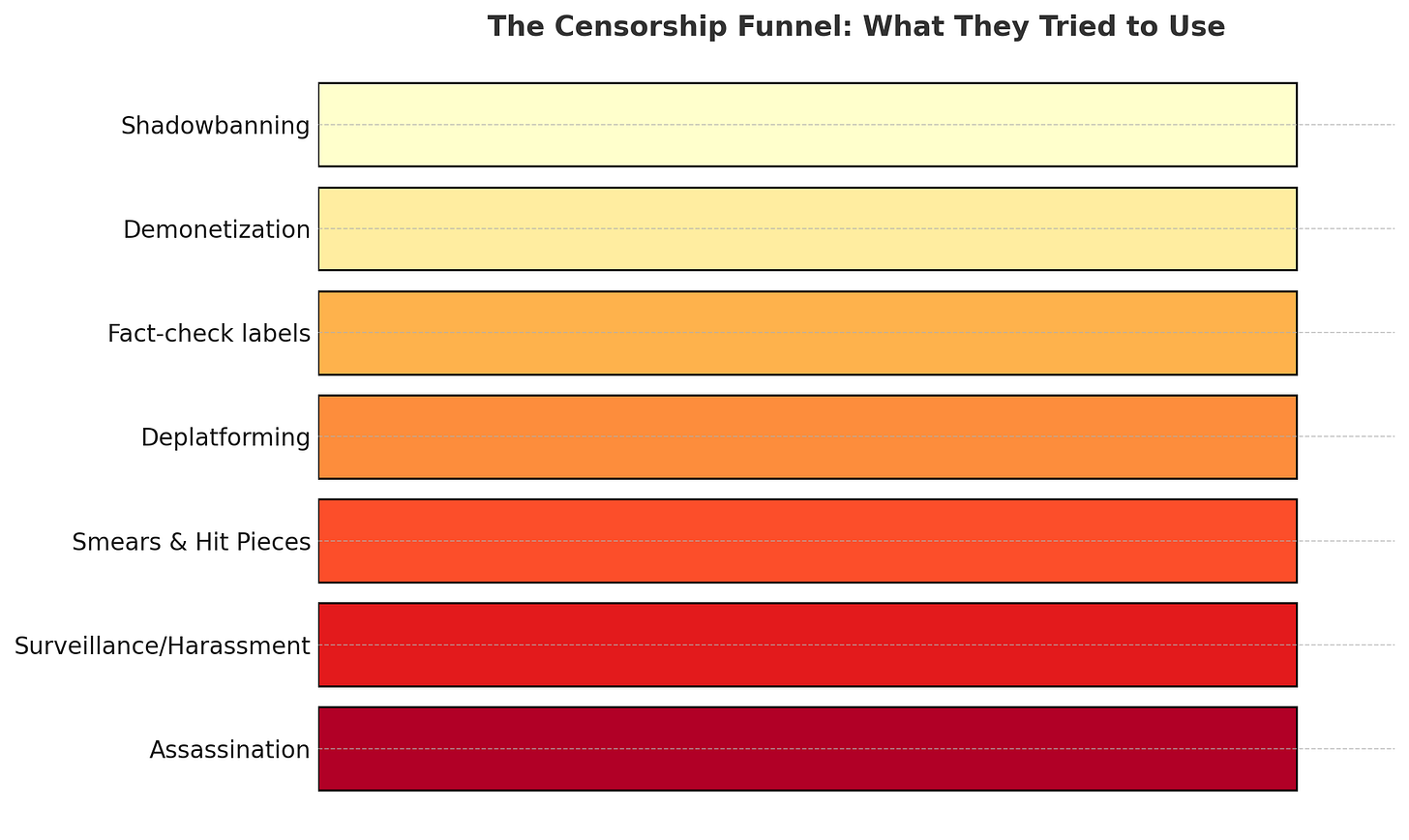
Thanks for this thoughtful essay.
Time to go after the Radical Left the same way we went after the Communists in the 1950’s; and the way that Naziism should have been dealt with during its Brownshirt period.